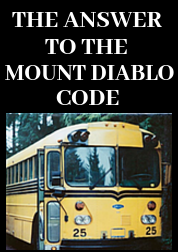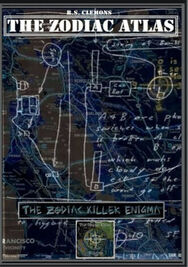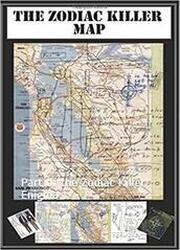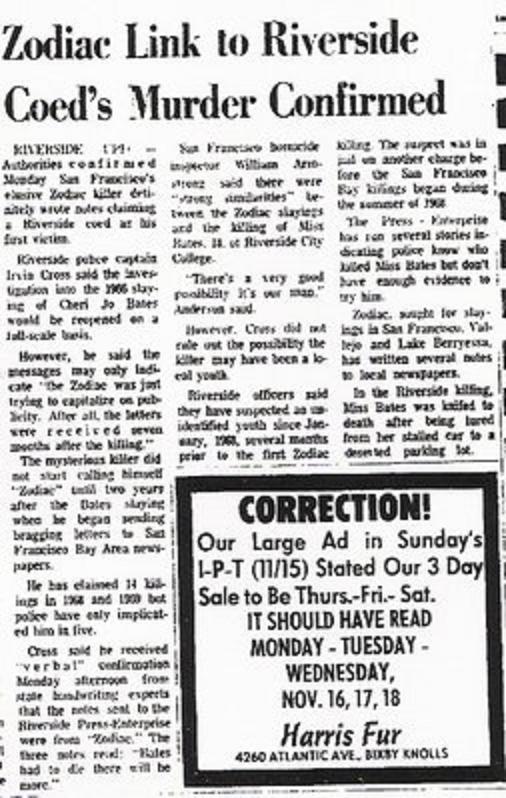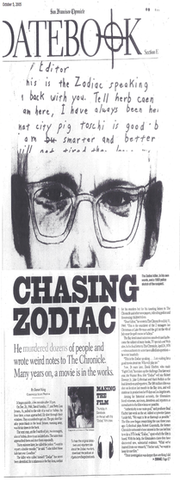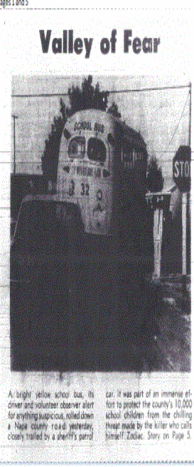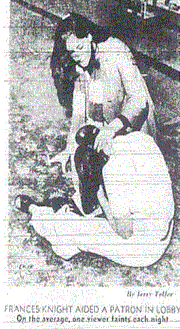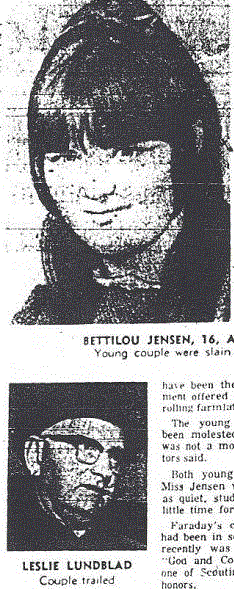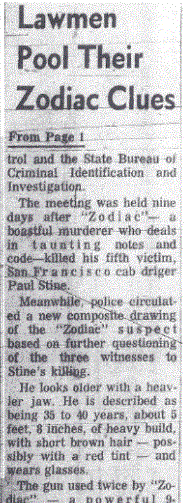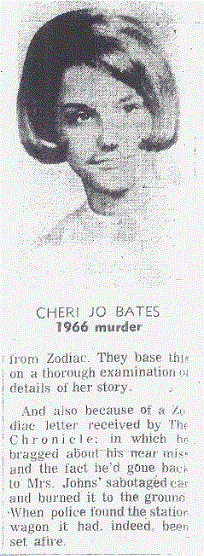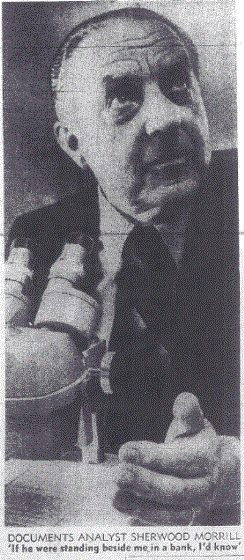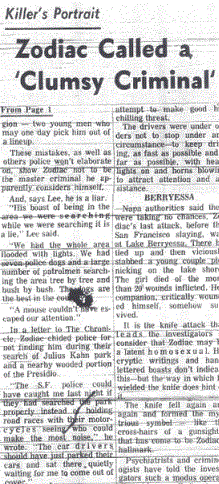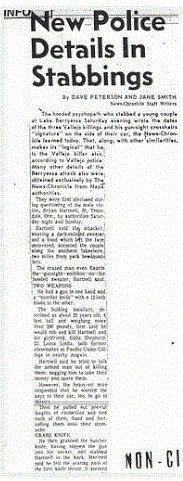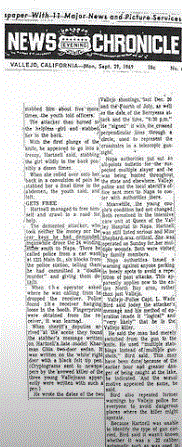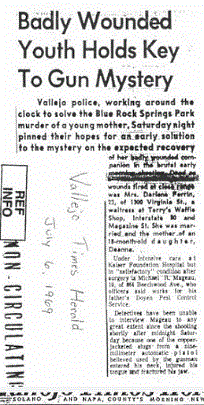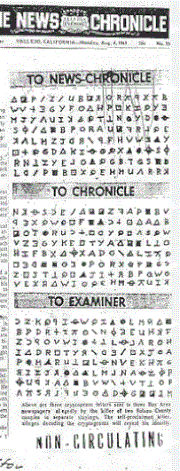| The Zodiac Killer first mentioned the use of bombs in the 'Bus Bomb' letter on November 9th 1969. But what was his trigger? In 1969, eight bombs wreaked havoc in New York City, targeting government and commercial buildings. The perpetrator was Sam Melville, who justified his the reasons for the carnage on the United States involvement in the Vietnam War and US imperialism. The bombings, all in 1969, occurred on July 27th, August 20th, September 19th and October 7th, and culminated with a succession of four explosions in close proximity of one another, on November 11th and 12th. Sam Melville was born Samuel Joseph Grossman in 1934, but changed his name to Melville because of his admiration for Herman Melville's novel, Moby Dick. On March 7th 1970, Sam Melville attempted to escape from a federal courthouse, but was apprehended almost immediately. |
| The Dragon card text referred to Herman Melville by association. In fact, the text "melvin eats bluber" is considered by many an irreverent slight towards Melvin Belli. The prominent lawyer was the recipient of a previous Zodiac letter on December 20th 1969, that included a third piece of Paul Stine's shirt, the taxicab driver brutally gunned down in Presidio Heights on October 11th 1969. But next to "melvin eats bluber" on the Dragon card, the Zodiac refers to "black power". Sam Melville teamed up with Jane Alpert and other members during their bombing campaign, eventually aligning themselves towards the Weather Underground, Black Panther Party and Black Power movement. Was the Zodiac Killer influenced in his actions, by reading about the New York bombings, determined to bring the fear it created into the heart of California and part influencing his style of writing within the Dragon card itself? Of course the Zodiac Killer never followed through on any of his explosive threats, and his later correspondence appeared more of an attempt to maintain his share of the headlines. He knew very well that the authorities would have to consider his threats as real and seemed to delight in the terror they created. |
| In the short story, The Piazza, by Herman Melville Don Quixote was said to be 'the sagest sage that ever lived'. His uncollected poems included Marquis de Grandvin at the Hostelry, The Wise Virgins to Madam Mirror, Gold in the Mountain and Naples in the Time of Bomba. The latter of which, was finally published under this title by Raymond Weaver in 1924. Ferdinand II of the Two Sicilies succeeded to the throne in 1830, initially popular, he would later became a focus for rebellion - and when Sicily declared its independence under Riggeru Settimu, his response was brutal, sending a naval flotilla to shell the uprising for eight long hours, becoming synonymous with the nickname 'Bomba' or 'King Bomb'. This features prominently in works by Herman Melville, who refers to this period in his writings. See here. The Zodiac Killer may certainly have been well read, with these influences, either deliberately or inadvertently being incorporated into his own writing style during much of his correspondence over a five year period. Of course, the suggestion he took all of the above into account when designing his Dragon card is highly unlikely, nevertheless, it expands on an otherwise bland correspondence and any influences that may have led to its inception. |
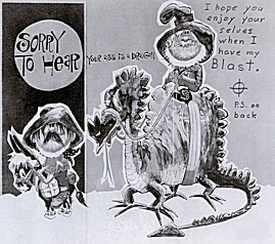
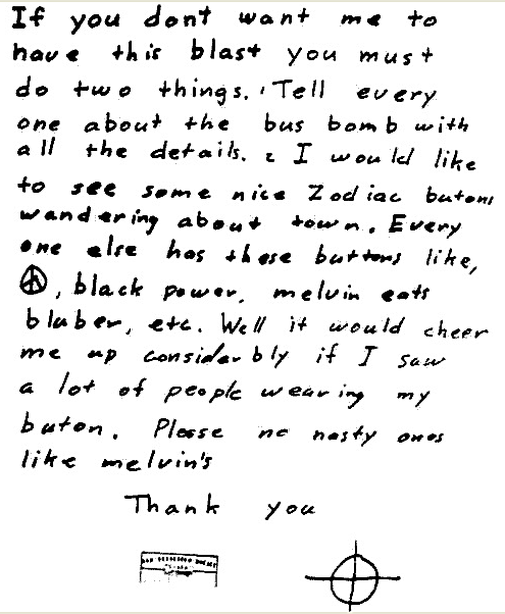
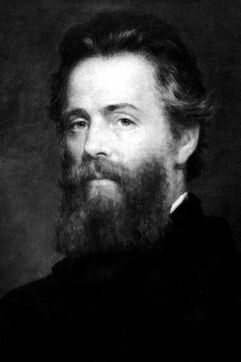




 RSS Feed
RSS Feed

